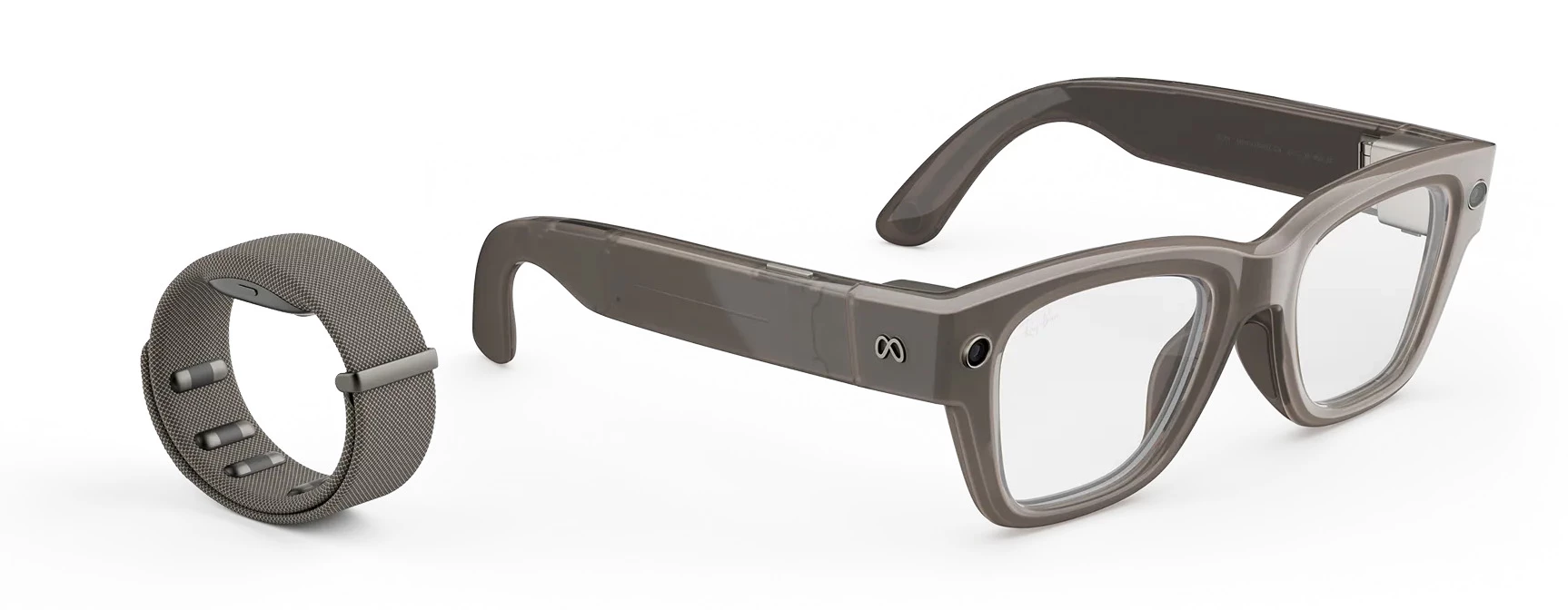Smartphones Have Hit Saturation: The Future Belongs to Smart Glasses Like Meta Ray-Ban
Introduction:
The End of the Smartphone Innovation Era
For more than a decade, smartphones have ruled the technology landscape. Every year, major brands like Apple, Samsung, and Google release their latest flagships—each promising groundbreaking improvements. Yet, in recent years, a noticeable pattern has emerged: the so-called “new” phones look, feel, and function almost exactly like their predecessors. The once-thrilling smartphone revolution has reached its saturation point. Innovation has slowed down dramatically, and the market is now driven more by marketing strategies than genuine breakthroughs.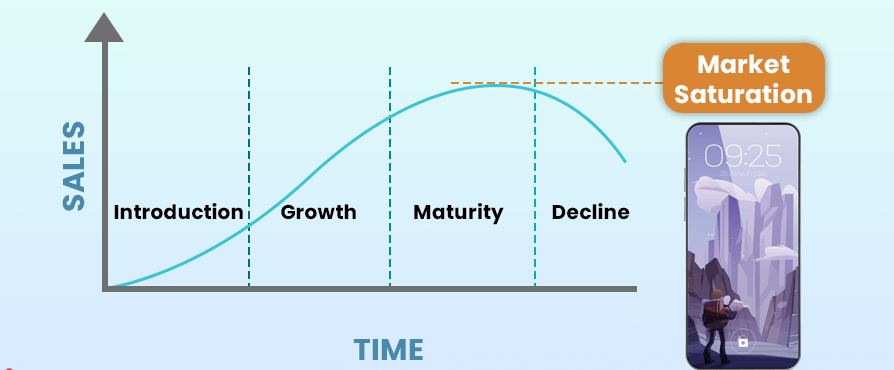
Consumers are beginning to notice this stagnation. The same design, slightly improved cameras, marginally faster processors, and minimal software upgrades have become the norm. The excitement that once surrounded phone launches has faded, replaced by a sense of repetition. Meanwhile, a new wave of technology is quietly rising—one that could redefine how we interact with the digital world. That innovation is smart glasses, led by Meta’s latest creation: the Meta Ray-Ban Display Glasses.
Smartphones:
A Market at Its Breaking Point
In the last few years, phone companies have struggled to introduce revolutionary features. Instead, most focus on enhancing existing technologies—improving cameras by a few megapixels, slightly increasing battery life, or upgrading refresh rates. These are incremental changes, not paradigm shifts. Even foldable phones, initially hailed as the next big thing, failed to gain mass popularity due to fragility and high costs.
Marketing now drives sales more than innovation. Tech giants rely on slogans like “Pro,” “Ultra,” or “AI-powered,” but the reality is that these devices perform almost identically to models from two or three years ago. As a result, consumers are holding onto their phones longer than ever before. The upgrade cycle has slowed dramatically, signaling a clear market saturation.
When a technology reaches its saturation point, the next logical step is a disruptive innovation—a product that changes the rules entirely. That’s where Meta’s Ray-Ban smart glasses come in.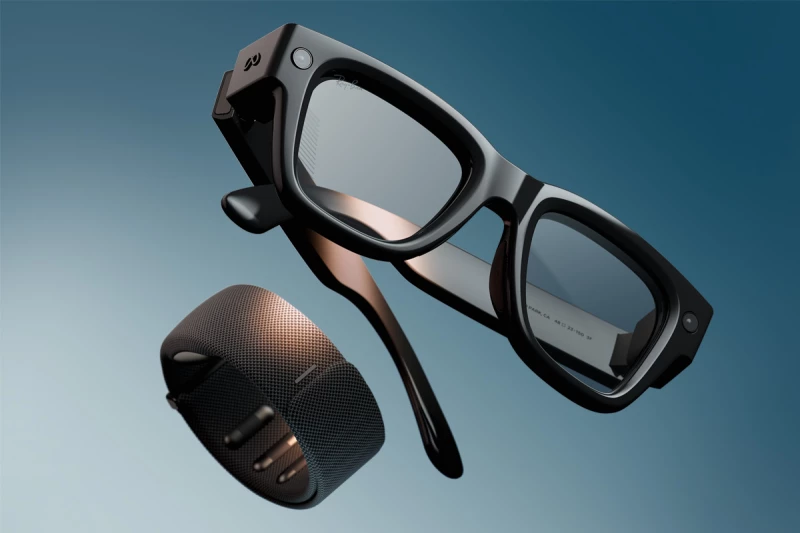
The New Frontier:
Meta’s Ray-Ban Smart Glasses
Meta, formerly Facebook, has been investing heavily in augmented reality (AR) and wearable technologies. In collaboration with the iconic eyewear brand Ray-Ban, Meta introduced a new category of devices: smart display glasses. Unlike bulky VR headsets or limited mixed reality devices, these glasses are designed to look stylish, lightweight, and seamlessly blend into everyday life.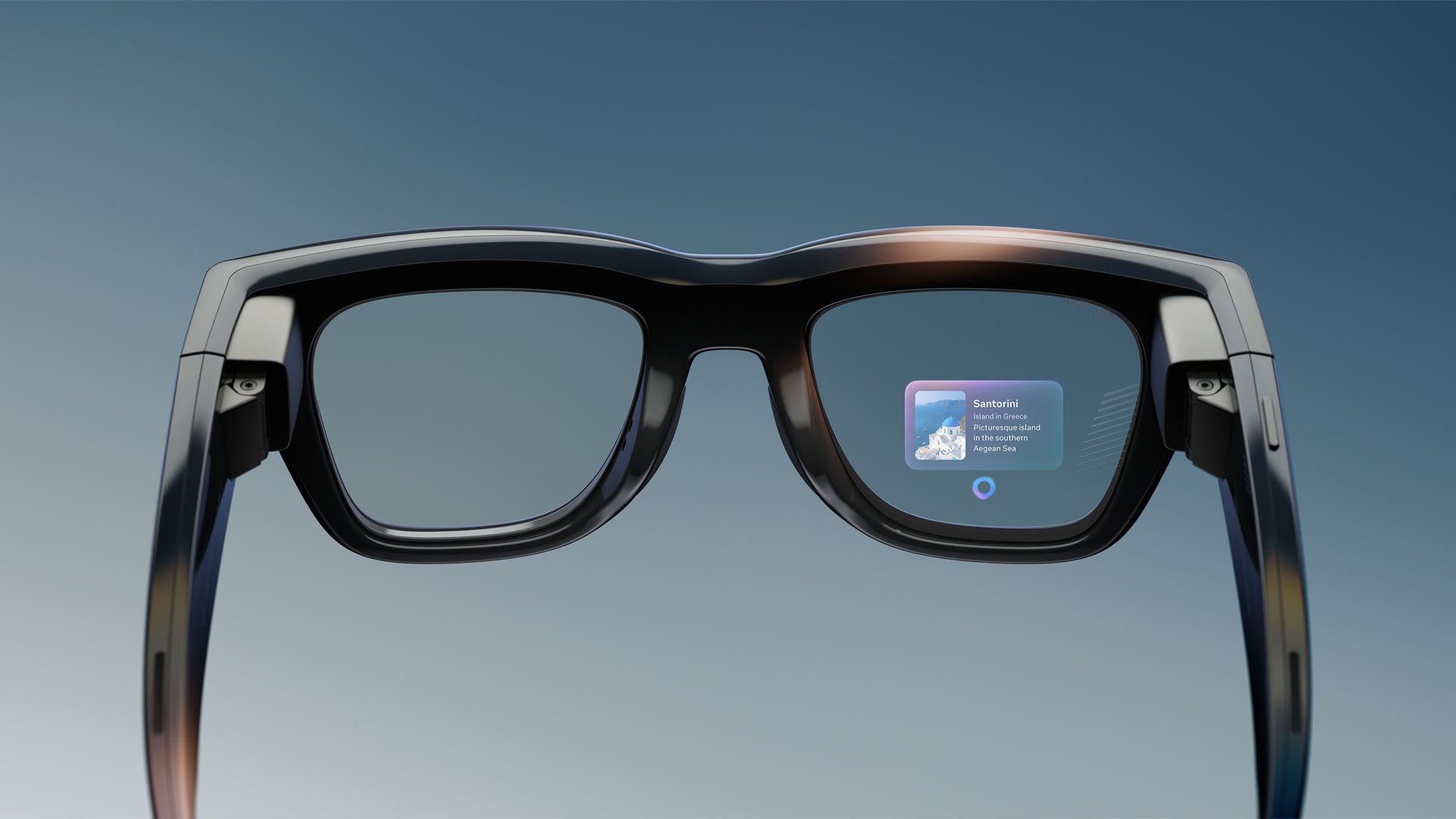
The Meta Ray-Ban Display Glasses were officially announced at Meta’s Connect event. The company positioned them as a natural step toward the future of computing—where technology enhances daily experiences without screens dominating our attention.
These glasses combine augmented reality (AR), AI-driven assistance, and hands-free communication, allowing users to record, stream, and even get information overlays in real-time—all through natural interactions.
The Meta Announcement Event:
A Glimpse into the Future
During Meta’s announcement event, CEO Mark Zuckerberg introduced the upgraded Ray-Ban Meta smart glasses as part of the company’s vision for the “AI + AR” era. The event showcased the glasses’ new features—integrating Meta AI, voice commands, and live streaming capabilities directly from the glasses to social platforms like Instagram and Facebook.
Although the event had a minor technical glitch—a brief connection issue with Meta’s server—the demonstration still impressed many attendees. Once the glitch was resolved, the glasses performed flawlessly, showcasing their real-world practicality.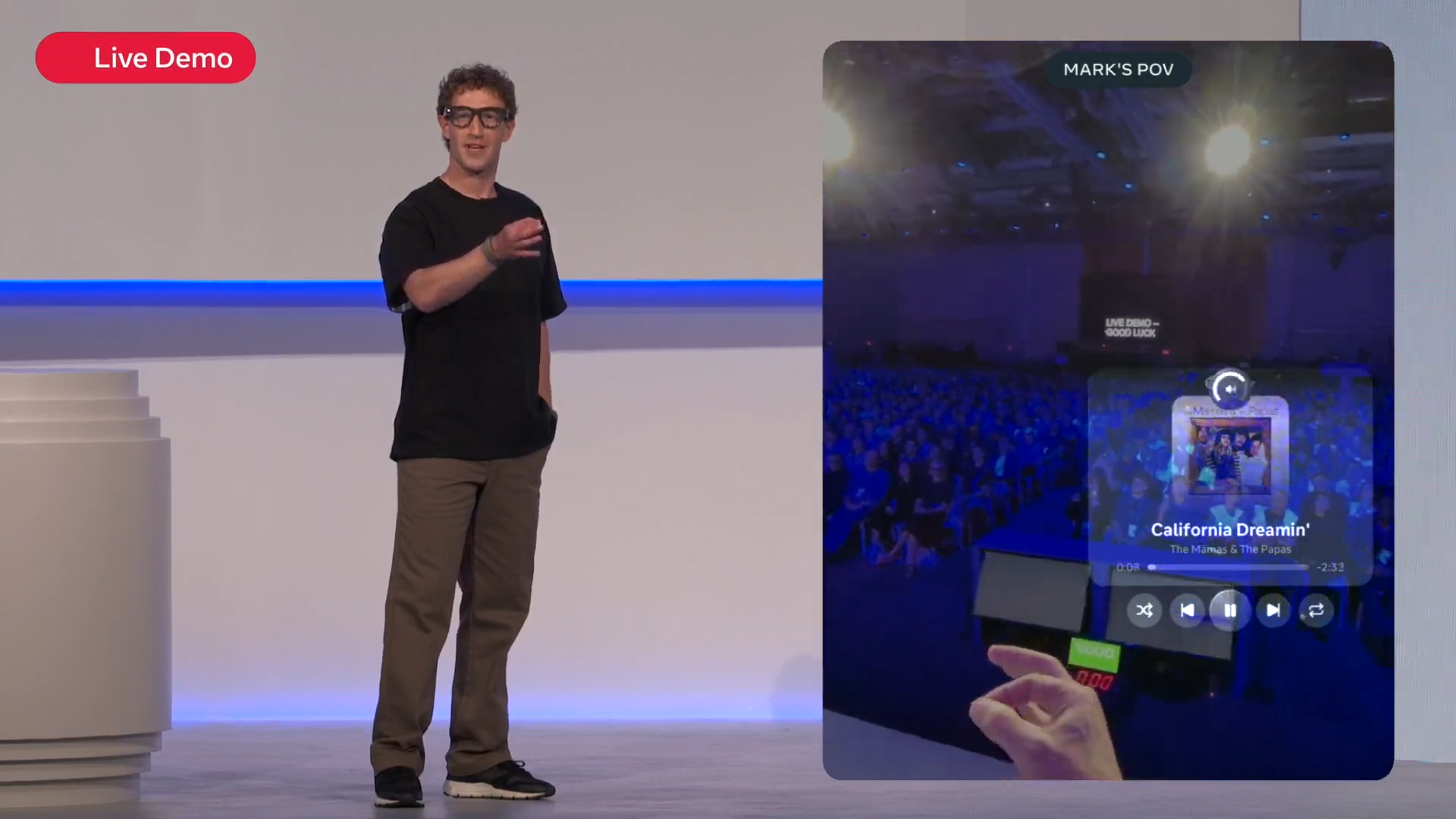

Zuckerberg emphasized that this isn’t about replacing phones overnight but rather about transitioning toward the post-smartphone era, where wearables like smart glasses serve as our main interface to the digital world.
Meta Ray-Ban:
Technologies and Features
The Meta Ray-Ban Display Glasses are more than just a fashion statement. They combine multiple technologies into a single wearable platform:
- High-Resolution Cameras –
Dual 12MP ultra-wide cameras capable of recording high-quality video and capturing photos from the user’s point of view.
- Live Streaming Integration – Direct streaming to Facebook and Instagram with built-in microphones and speakers.
- Meta AI Integration – A conversational AI assistant that provides real-time answers, translations, and contextual information.
- Voice Commands – Complete hands-free operation using phrases like “Hey Meta,” similar to Siri or Alexa.
- Augmented Reality Display (in development) – Future versions will project contextual digital overlays onto the lenses.
- Lightweight Design – Unlike VR or MR headsets, these glasses look like regular Ray-Bans, making them socially acceptable and comfortable to wear.
- Smart Notifications – Subtle notifications for calls, messages, and alerts, without needing to pull out a phone.
- Battery and Charging Case – A compact case provides all-day battery life and wireless recharging.
This blend of fashion and functionality positions Meta’s Ray-Ban glasses as a lifestyle device—something that fits naturally into users’ daily routines.
A Lesson from Apple’s Mixed Reality Failure
When Apple launched its Vision Pro mixed reality headset, expectations were sky-high. However, the product struggled to achieve mainstream success. The reasons were simple:
- Too bulky and expensive.
- Limited practical use cases.
- Isolated user experience.
The Vision Pro’s immersive virtual environments were impressive technologically but lacked real-world integration. Users found it uncomfortable and unnecessary for daily tasks. Meta seems to have learned from Apple’s mistakes by focusing on lightweight practicality and social usability rather than pure technological spectacle.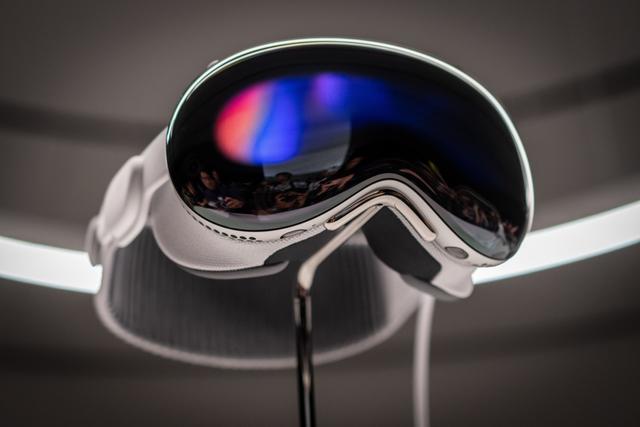
The Ray-Ban smart glasses, unlike mixed reality headsets, don’t disconnect users from the real world. Instead, they enhance it—offering AR, not isolation.
- for more about this topic – click here
Is This the Innovation That Changes the World?
Every few decades, a technology emerges that reshapes human interaction—personal computers, smartphones, and now possibly, AR smart glasses. Meta’s approach isn’t just to build a gadget; it’s to create a new platform for human-computer interaction.
Imagine walking down the street and asking your glasses, “What’s this building?”—and instantly getting information overlaid in your view. Or receiving turn-by-turn navigation without looking at your phone. Or communicating with friends through live video from your perspective. These are not futuristic dreams anymore—they’re becoming practical realities.
While the current model doesn’t yet include full AR holographic projection, Meta has already confirmed that future iterations will include this capability, bringing us closer to a true mixed digital-physical experience.
Price and Availability
The new Meta Ray-Ban smart glasses are priced around $799, depending on the model and lens options (prescription, polarized, or transition lenses). This pricing is significantly more affordable than mixed reality devices like the Apple Vision Pro ($3,499) or Meta Quest 3 ($499). The accessible price makes them a realistic purchase for mainstream consumers, not just tech enthusiasts.
Comparative Analysis:
The Technology Landscape
| Field / Technology | Smartphones | Mixed Reality (Apple Vision Pro) | Augmented Reality (Meta Ray-Ban) |
|---|---|---|---|
| Description | Portable devices for communication, media, and apps | Combines real and virtual worlds | Real-world with digital overlay |
| Innovation Status | Saturated | Failed Early Adoption | Emerging Innovation |
| Market Status | Mature | Limited | Growing |
| Price Range | $500–$1500 | $3,499+ | $799 |
| Main Limitation | No major innovation left | Bulky, costly, impractical | Early-stage development |
Meta’s Next Upgrade:
The Ray-Ban AR 2.0
At the announcement event, Meta hinted at the next-generation Ray-Ban AR 2.0, currently under development. This upcoming model is expected to feature:
- True AR Displays using micro-LED projection on lenses.
- Eye-tracking and gesture controls.
- Real-time language translation.
- Seamless integration with Meta’s AI and future Metaverse ecosystem.
With these upgrades, the Meta Ray-Ban glasses could evolve into a fully-fledged wearable computer—something as revolutionary as the first iPhone was in 2007.
Performance at Launch:
Minor Issues, Major Potential
During the demo, a small server connection issue caused temporary performance delays, which critics quickly highlighted. However, once reconnected, the glasses performed impressively, handling real-time streaming, AI queries, and photo capture smoothly. Experts and early users agree that such technical hiccups are common in early-stage launches and do not reflect product quality.
Overall, the Meta Ray-Ban Display Glasses received positive reviews for comfort, build quality, and seamless AI integration—making them one of the most promising consumer wearables in years.
Final Conclusion:
The Dawn of a New Era
We are standing at the edge of another major technological transformation. Just as Steve Jobs revolutionized the world with the iPhone, Mark Zuckerberg and Meta are paving the way for the next big leap: Augmented Reality.
Smartphones may continue to exist for years, but their dominance is fading. The world is craving new forms of interaction—more natural, immersive, and human-centered. Meta’s Ray-Ban glasses represent that vision: technology that doesn’t demand your attention but assists you effortlessly.
The future belongs to AR-driven smart wearables, and Meta seems ready to lead that change. With their combination of style, practicality, and intelligent integration, the Meta Ray-Ban Display Glasses are not just another gadget—they are the beginning of the post-smartphone era. Like Apple’s iPhone changed communication forever, these glasses could change how we see and interact with the world around us.
Innovation is not dead—it’s just shifting focus. And right now, that focus is moving from the screen in your hand to the glasses on your face.
(Click notification ![]() for more updates)
for more updates)
By: V.Harishram
”Stay true, bring facts to you”



